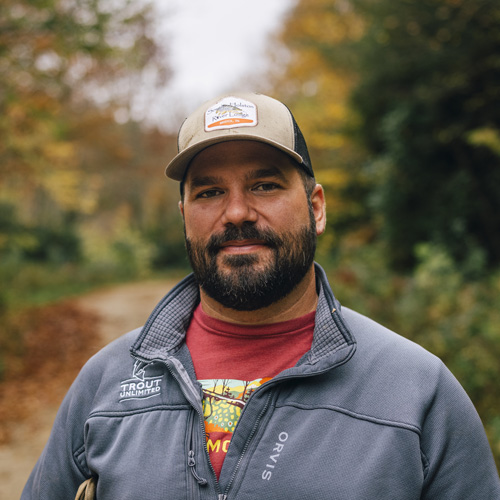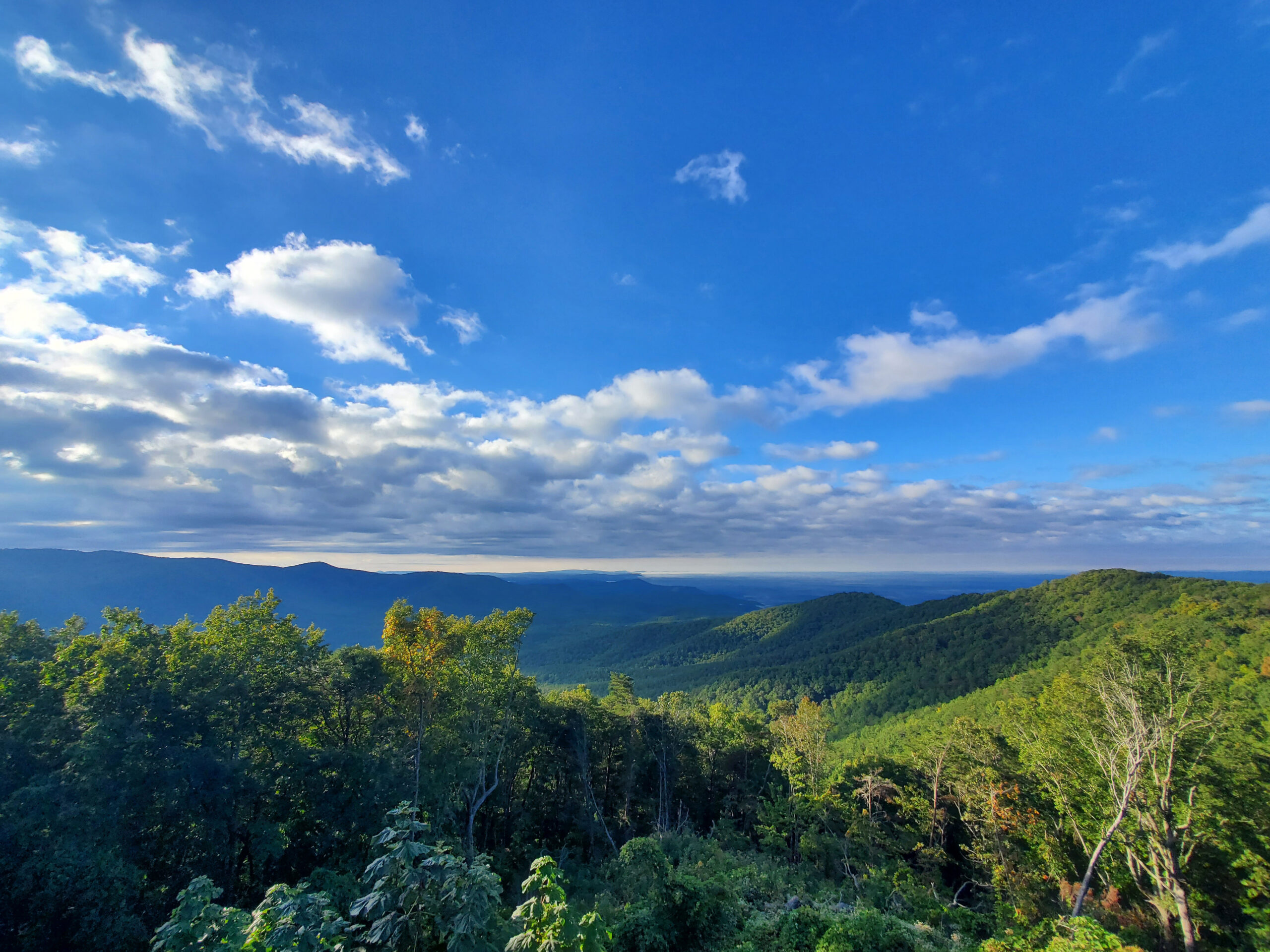Georgia

Overview
In the mountainous north of Georgia, wild brook trout hold on in the headwaters of the Little Tennessee, Chattooga, and Chattahoochee river systems. The Chattahoochee tailwater, far to the south, offers the most southerly large and consistent wild trout fishery in the East.
Threats & Opportunities
Modeling suggests that Georgia’s freestone trout waters are at risk from rising temperatures due to climate change. Increasingly powerful and frequent storms are causing extreme erosion and sedimentation. Headwaters offer many clusters of brook trout refuges at elevations of 1,700 feet and above, many of which are on public land and present protection and restoration opportunities.
How We Work
Reconnection
We are building on in-depth analyses and surveys of the region to identify and address problematic fish passage barriers, including small dams and perched culverts. Removing or repairing barriers will allow trout within the system to access important habitat.
Restoration
TU uses a variety of tools, including the Eastern Brook Trout Conservation Portfolio, to prioritize streams where habitat restoration is both most needed and where it will have the most impact and best chance for long-term success. Restoration efforts include stabilizing eroding stream banks, improving riparian health by planting trees, excluding livestock to allow streams to heal themselves, and strategically adding wood habitat.
Protection
We are engaging landowners to protect Georgia’s coldwater trout streams by advocating for commonsense development, working with land trusts to protect key places, and setting up conservation easements. By working with state freshwater fisheries officials, we are in a better position to advocate for needed regulatory protections, including carefully managed development in both heavily populated areas along the Chattahoochee tailwater and tourist communities in the mountains.
How You Can Help
Help us look for fish passage barriers and restore Georgia’s trout waters.
VOLUNTEERLearn more about how we’re caring for and recovering Priority Waters in Georgia and across the country
Georgia Conservation Team

Jeff Wright
Southern Appalachians Project Manager
jeffrey.wright@tu.org
Southern Appalachians Project Manager
jeffrey.wright@tu.org
Priority Waters

-
Chattahoochee River Watershed
With high-elevation headwaters and a large tailwater below Lake Lanier, the Chattahoochee offers diverse trout fisheries that are appealing in different ways. In addition to larger headwaters systems, the rugged mountains of North Georgia feature hundreds of miles of tiny mountain streams that are a blueline hunter’s dream. Much farther downstream, the Chattahoochee River tailwater deserves its reputation as one of the East’s premiere tailwaters.
-
Hiwassee Headwaters
Covering 37,000 acres west of Blue Ridge, the Cohutta Wilderness is home to the headwaters of the Hiwassee system, which includes both the Toccoa and Nottely rivers, as well as many smaller streams.
-
Chattooga / Savannah Headwaters
The headwaters of the Chattooga and Savannah rivers are located in the corner of Northeast Georgia, as well as neighboring South Carolina and North Carolina. The area includes plenty of small mountain streams filled with eager native brook trout, along with wild rainbows and browns.
-
Little Tennessee Headwaters
Originating in the Blue Ridge Mountains in the Chattahoochee National Forest, the Little Tennessee flows northward past Dillard, Ga., before crossing into North Carolina. The headwaters, including many small tributaries, feature multiple brook trout catchments at elevations of 1,700 feet and above, providing excellent resilience to warming temperatures.





